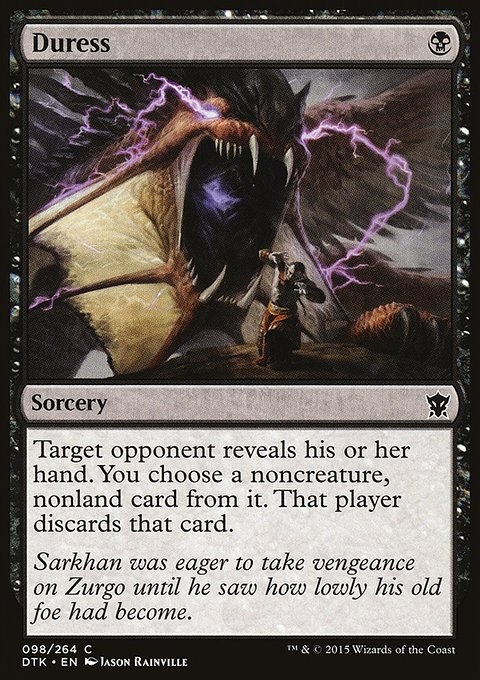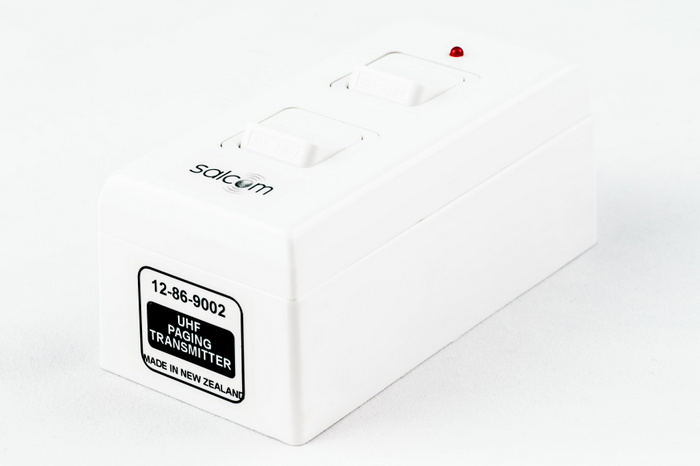

#Duress system full#
Organisations that don't have staff positioned to undertake the responsibility or that have limited resources, often prefer to let a third party security monitoring expert take full responsibility of the duress management and response. This requires proper training and a reliable internal duress escalation process and resources. Some organisations like to have full visibility of their worker locations for workforce management and they want to take full responsibility for the duress escalation process. It is important to consider how lone worker solutions will be monitored. Self-monitoring vs 24/7 third-party monitoring Communication outside cellular reception is a distinct limitation for lone workers and the option for messages (text) to be sent via satellite devices is often sought.Īlert types are more limited than with cellular-based devices, but some features, such as inactivity detection and condition checks, are available with select devices and should be considered for the appropriate situations. Satellite devices operate with their own set of limitations, the key of which is the requirement of line of sight to the sky. If there are cellular blackspots in the region (which is more common in regional and remote areas) a satellite-based duress alarm is a more appropriate solution, that will provide coverage in regions outside of cellular reception. Protecting lone workers in areas without cellular coverage Key within the selection criteria is the situations in which they'll be using the alarm.įeatures such as additional automated man-down functionality provide alerts when a worker has become incapacitated or has fallen timed check-ins allow for operation in areas of zero coverage, such as basements, for a prescribed period voice communication, waterproofness and intrinsically safe features further align the devices with the conditions they will operate in. Lone workers operating in cellular coverage areas, such as metropolitan and regional locations, have a wealth of options to consider. Protecting lone workers in cellular coverage areas If any of these limitations are important influences, there are other better-suited safety solutions. There are limitations, including the requirement for line of sight and defined distance from the vehicle, which link duress detection to the vehicle's location rather than the individual worker. Vehicle-based lone worker duress is managed through duress radio-frequency (RF) pendants, which communicate with the AVL unit in the vehicle, allowing the worker(s) to raise a duress event within a short line-of-sight distance from the vehicle.

It also has the added benefit of allowing vehicle tracking for day-to-day productivity improvements. This provides the opportunity to utilise a centralised vehicle-based duress solution that can protect nearby workers by leveraging cellular or satellite connectivity. Lone workers and teams of workers often have line of sight or operate near a vehicle. Protecting workers operating in and around a vehicle Alternatively, if they have crashed and/or rolled, the vehicle and are unconscious or immobilised, a high-impact and rollover detection (HIR) feature can trigger a HIR duress event, alerting management to the incident.
#Duress system driver#
If their vehicle is fitted with a duress alarm, a driver who feels unsafe has crashed or is being physically intimidated can trigger an alert by pressing the in-vehicle emergency dash switch.
#Duress system drivers#
They face many road-related dangers, such as driver fatigue, wildlife on the road, irate and aggressive drivers (road rage), and getting caught in a bushfire and flood-affected regions. Workers are more mobile than ever, on urban and rural roads. Protecting workers travelling in a vehicle This assessment enables organisations to make a more informed choice of duress alarm most suited to their needs. Choosing the right duress alarm requires multiple factors to be assessed, such as where workers will be (metro vs regional areas), what dangers are they susceptible to (crashing, falling over or being attacked by an aggressor), will they be in or near a vehicle and who will respond to the duress alarms. This article explores several scenarios that organisations regularly face and help answer the question: what type of duress alarm best fits my needs?

There is now a great emphasis on taking all reasonable steps to protect the health and safety of workers, as part of organisational 'Duty of Care'.


 0 kommentar(er)
0 kommentar(er)
